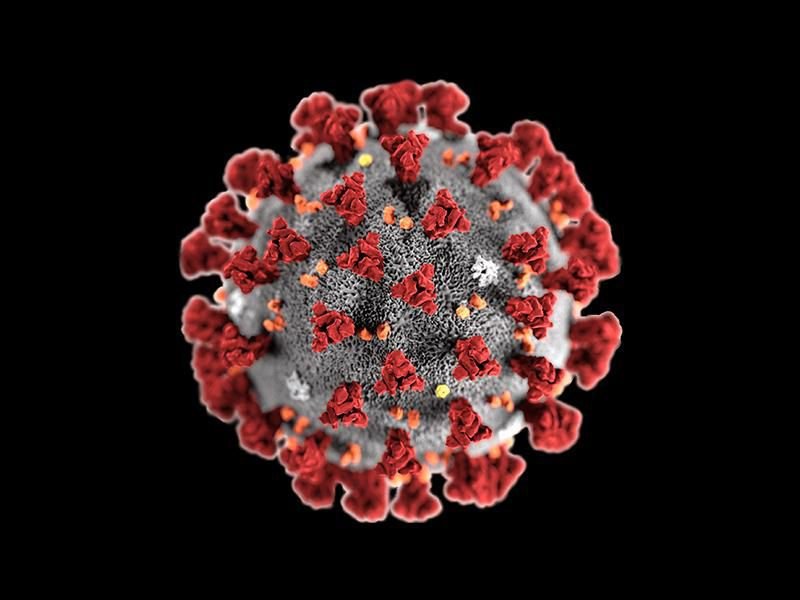Obesity is quickly becoming the leading disease of the digital age, and sitting is quickly taking over smoking as humankind’s number one vice. With over 35% of Americans falling into the “obese” category, what we eat, and how much we move, are questions of paramount importance. Most people know the basics – I need to burn more than I eat, and I shouldn’t really eat junk food. But what is the actual process of weight loss like inside your body, and what are you doing to hinder this process. That’s something we will try to answer in the coming paragraphs.

Losing Weight in terms of Simple Math
We use calories to calculate how much we eat and how much we should be eating. Calories are in fact the potential energy of the food you consume, coming from all the different nutrients, like proteins, carbohydrates, or fats. Not all of these nutrients pack the same calorie digit, naturally. Some of them are for digestion while the rest of the body either converts into energy or store in the fat cells.
To start slimming down, you need to do two things:
- Burn more calories than you eat.
- Induce your body to start using up what you have made it store in the first place.
Lifestyle choices and changes
If you have decided to start the weight loss process, you need to think about how to achieve your goals. You can’t keep eating whatever you are eating now and just add a few exercise routines to your week.
There are about a million different ways and programs to start you out. You need to choose the one which suits you best. If you are a glutton, you’ll need to work out a lot more to get stellar results. Yet, if you choose to balance out your diet, and exercise more moderately, you will soon see results which you will get to keep at the end of the journey.
Apart from the diet and working out, you can employ the help of trusted fat burners. Legion’s stacks for example, that when coupled with the above-mentioned exercise and diet, will speed up the process. They will never do the work for you, though.
Another thing to bear in mind is that alcohol and smoking will slow your efforts down. So will the processed foods and prepackaged meals. I’m not saying you can’t indulge your sweet tooth once in a while. If you manage to eat right 80% of the time, cheating on occasion will in no way hurt you.
Sleep is another important component of weight loss. Besides, not resting enough will both hinder all your efforts and keep you unmotivated and drowsy throughout the day.
• The Motivation Guide to stay Positive

What happens to the Fat?
The fats you lose will not magically disappear, merely change its form. It will not turn into either energy or muscle, as most people believe, but into carbon dioxide. Your superfluous carbs and proteins will be converted into triglycerides, stored in the lipid droplets of the fat cells. Afterward, all the hard work you put in to lose the weight unlocks the carbon.
Another compound needed for weight loss is oxygen, which will produce the aforementioned carbon dioxide and water. The majority of the excess fat will then be exhaled as carbon dioxide, and the remainder will leave your body in liquid form.
Hopefully, you understand the process of weight loss a bit better now, thereby making the lifestyle changes you need to battle modern man’s nemesis.

Leave a Reply